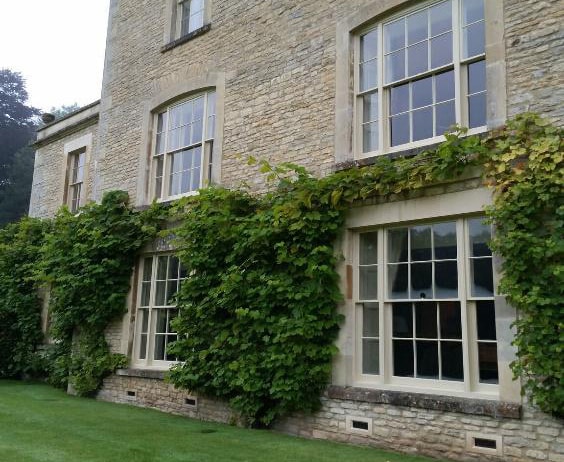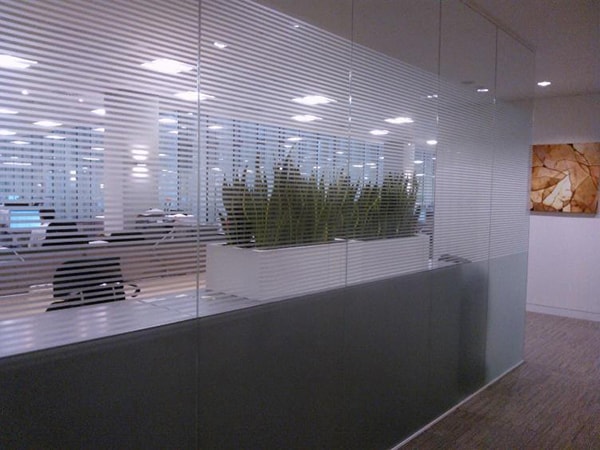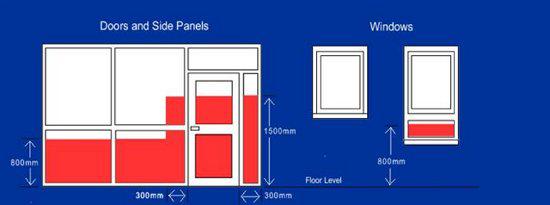PRODUCTS & SERVICES
Solar Control
Visit the Downloads page for details of technical specifications
Solar window films provide optimal protection against unwanted heat and glare into office and home spaces, providing ambient light and cooler conditions while protecting fabrics etc. against fading.

Conservatories
Visit the Downloads page for details of technical specifications
Conservatories are great indoor/outdoor spaces but can be problematic in summer with soaring temperatures (40°C and above). Blinds are traditionally fitted but only combat the glare values and can trap many insects. Window film applied, especially to glass and plastic roofs, can reduce heat and glare by up to 60%, making the room usable again in high summer.

Premium & Neutral Films
Visit the Downloads page for details of technical specifications
Domestic properties require a more aesthetic look to the glazing. Neutral window films give a subtle and less reflective appearance. All glass needs to be appraised and a compatibility survey carried out before window film is applied.

Manifestations, Graphics & Vinyls
Visit the Downloads page for details of technical specifications
All glazing requires certain compliance for glazing safety. Manifestations are low intrusion glass markers to prevent people from walking into floor-to-ceiling glazing. These are required at 800mm & 1500mm from FFL (Finished Floor Level) and can be anything from simple 50mm frosted dots to bespoke company logos. A full range of coloured vinyls can be applied to glass – both interior and exterior – to give privacy and for aesthetic reasons.

Bomb Blast, Impact Protection and Security Films
SAFE AND SOLAR Window Film upgrades glass to meet Health and Safety Laws – Workplace (Health, Safety) Regulation 14.
DDA Regulations
This is a piece of legislation in making glazing have clear markings on doors and low level glazing to prevent injury . usually 50 mm frosted dots that run across the glass at levels 800mm and 1500mm from finished floor level suffice,although any design can be fitted. This will be of part of the glazing safety survey/audit.
GLASS WITHIN REGULATION 14 THAT REQUIRES UPGRADING IF NOT CONFORMANT

The Way Forward
The essential first step is to undertake a new full glazing audit to identify the types and characteristics of glass in critical locations.
This gives you all the information required to produce a full risk assessment taking into account all of the above factors. It should be documented in such a way that there is a fully documented risk assessment and a separate schedule of work to be carried out to avoid any confusion. The Risk Assessment should be in such a format that makes it simple to check that the glazing continues to comply with the Regulations.
Safety Film
When using a Safety Film (Safety Films are tested to the same level and in the same way as Safety Glass) to upgrade glazing . Whilst the requirement for glass safety in ‘critical locations’ is EN12600 Class 3 (other than in doors of greater than 900mm width which requires Class 2) the standard 100 micron film will meet Class 2 when installed on 4 or 6mm glass([whether in a double glazed unit or not )The standard safety films are clear and when installed professionally will be non obtrusive. However all glazing in Critical locations should be marked to indicate a film is applied. The marking on safety film should be installed onto the film in sticker form but in such a manner that it is not removable. The label should be approximately 20mm in diameter and include relevant information of glass film upgrade. All Safety Films are also available in a combination ‘solar control’ version. This type of film not only gives the safety performance required but also will dramatically reduce solar heat gain and glare.
These films can also be used to help protect commercial and private premises against burglary and also to provide bomb-blast mitigation that may impact on insurance considerations.
Go to our Downloads page to download excerpts from the The Building Regulations (2010) and Workplace (Health, Safety and Welfare) Regulations 1992 as they apply to glazing.
Follow these links to view / download the full documents from which these excerpts are taken.
